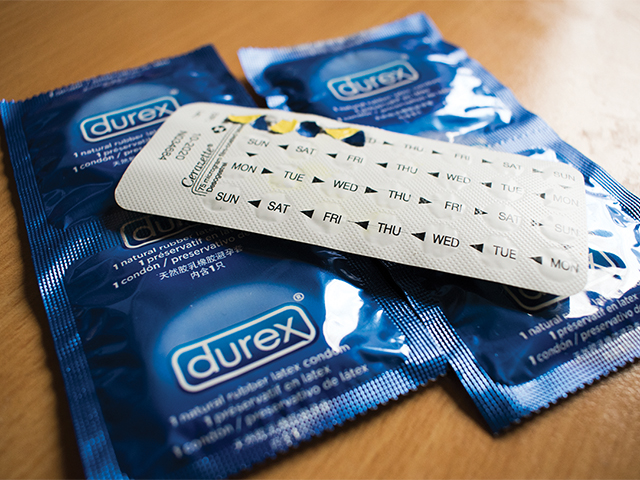
Plans are underway to turn the former Dublin Magdalene laundry into an educational centre to remember the atrocities that occurred at the site. The Office of Public Works (OPW) is converting the former institution into a national memorial and research centre which will include a museum and an exhibition space.
Many proposals have been made and fallen through to sell the site to various corporations since Dublin City Council acquired the premises from the Sisters of Our Lady of Charity in the late 1990s. The last of these offers was made in 2018 when counselors voted against selling it to the international hotel group Toyoko Inn for €14.5 million, in favor of developing it into a “multipurpose site of conscience” that would pay homage to the estimated 11,000 women and girls that were held in laundries operated by religious congregations from 1922 until 1996.
The decision to convert a place in which so many women suffered horrific abuse into a centre that would shine light onto the horrors of the treatment that they endured for the public to see is, as Tánaiste Michael Martin put it, “a sensitive one.”
It begs the question: is it right to convert places of historical tragedy into educational centres?
We see this phenomenon across the country and in the greater world. Places such as Kilmainham Gaol and the Dun Broady famine ship attract thousands of tourists yearly to immerse themselves in their tragic history. Further afield millions of people travel to countries, solely to attend the locations of some of the most heinous events in human history. Auschwitz Concentration camp in Poland and the 9/11 Memorial Centre in New York City are among the most visited.
Such places are referred to by experts as ‘dark-tourism sites’. When dealing with such painful periods of history, some problems are bound to arise. There is a risk that having tours in such historically-dark places may exploit them. If not conducted properly, monetizing such monstrous events could be distasteful.
‘It does kind of invite that passive behavior – let’s call it that touristy behavior- that might be out of place,’ Philip Stone told the Washington Post. Stone is the Executive Director of the Institute for Dark Tourism Research at the University of Central Lancashire.
The 2018 case of an Irish man being arrested after carving his name into a wall at Auschwitz is a clear example of this.
However, we cannot allow a few people behaving inappropriately to stop us from learning from our history. If we were to do so, history wouldn’t be taught in schools, for fear of a student making a crude comment and it wouldn’t be discussed amongst people, for fear of someone having a disrespectful viewpoint.
For most people, a visit to such a place would be a harrowing experience that would evoke both deep sympathy and a strong emotional connection to the victims of some of history’s most evil events.
‘These are important sites that tell us a lot about what it is to be human,’ said J. John Lennon, Professor of Tourism at Glasgow Caledonian University, ‘I think they’re important places for us to reflect on and try to better understand the evil that we’re capable of.’
“I’m heartened by the fact that they choose to try to understand this difficult past,”
Tánaiste Michael Martin hopes that the center on Sean McDermott Street in North inner-city Dublin will facilitate this same function by “providing a vital center of remembrance for those affected by institutional trauma.”
The site will also include a newly built block for social housing likely to be reserved for senior citizens, as well as local community facilities.
“A building with such a complex and important history, demands a sensitive approach in how it is refurbished and repurposed to benefit the local community for decades to come.”
Dublin City Councilors hope that this development will ‘honor and commemorate the victims and survivors of Ireland’s institutional past”, just as the many sites around the world educate and pay homage to the dark history they bear.
By Lauren Walsh



